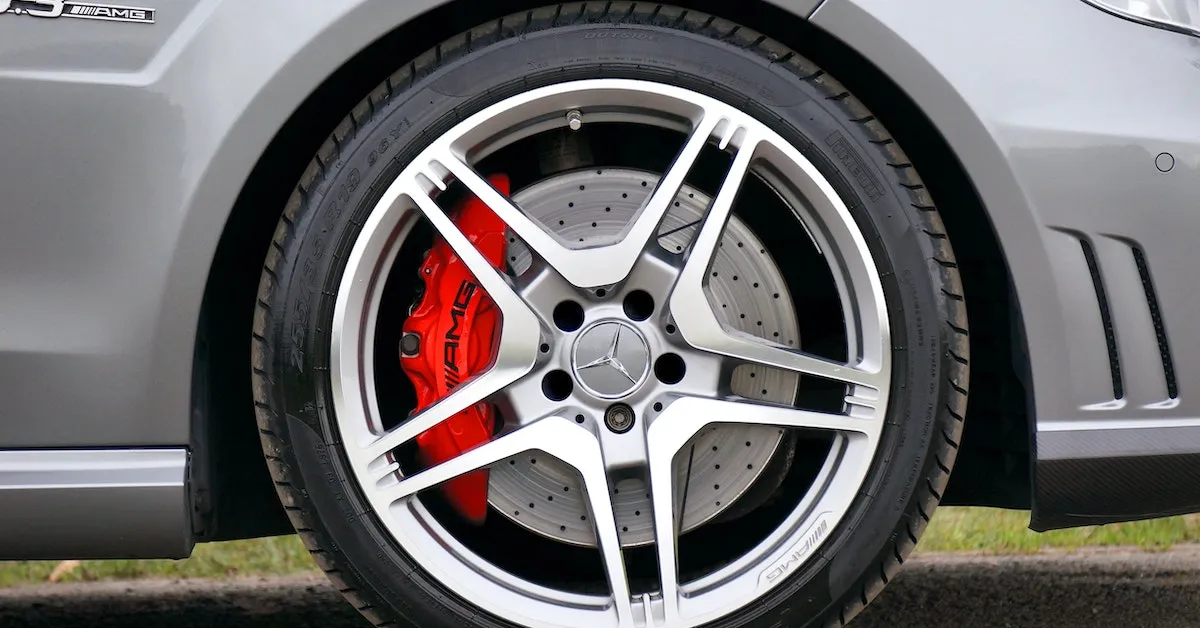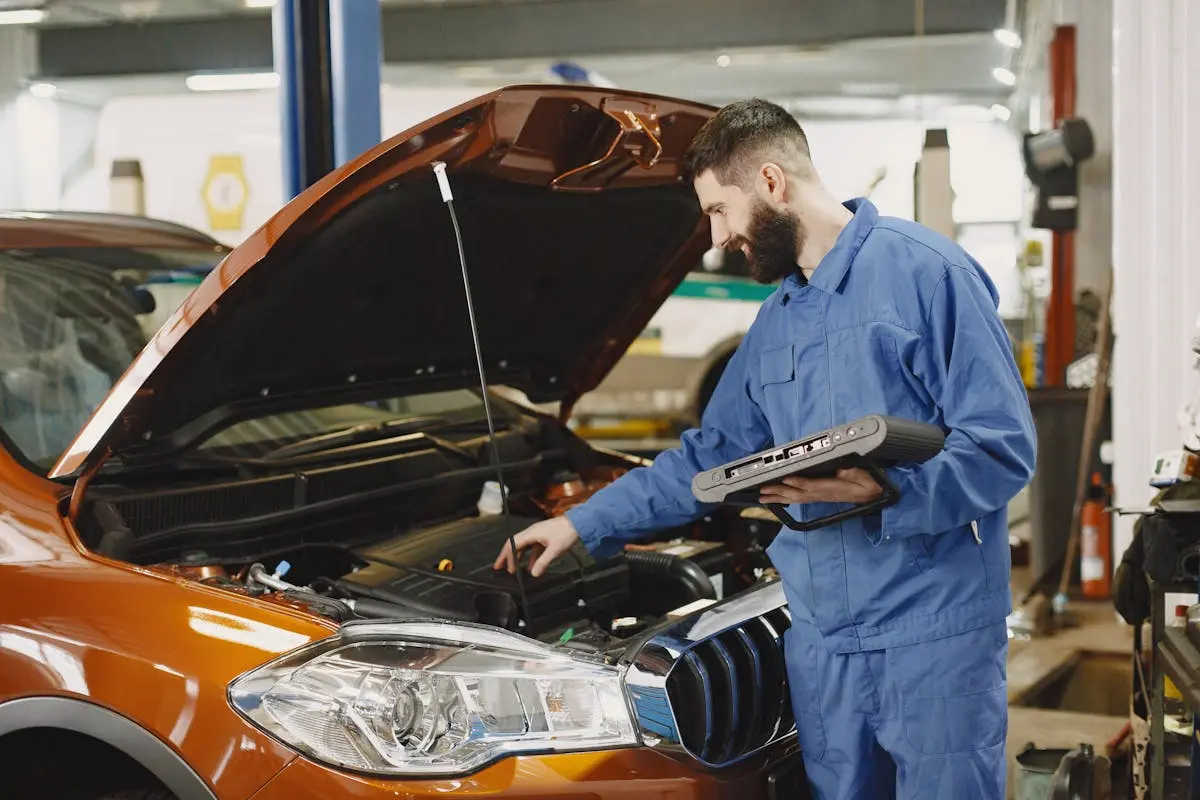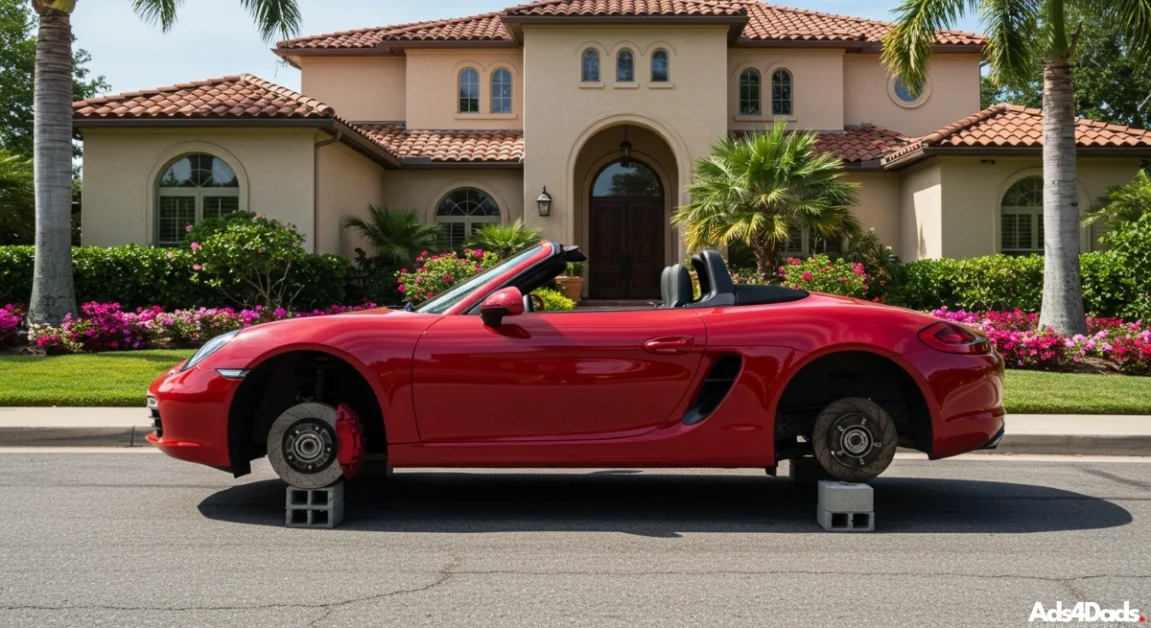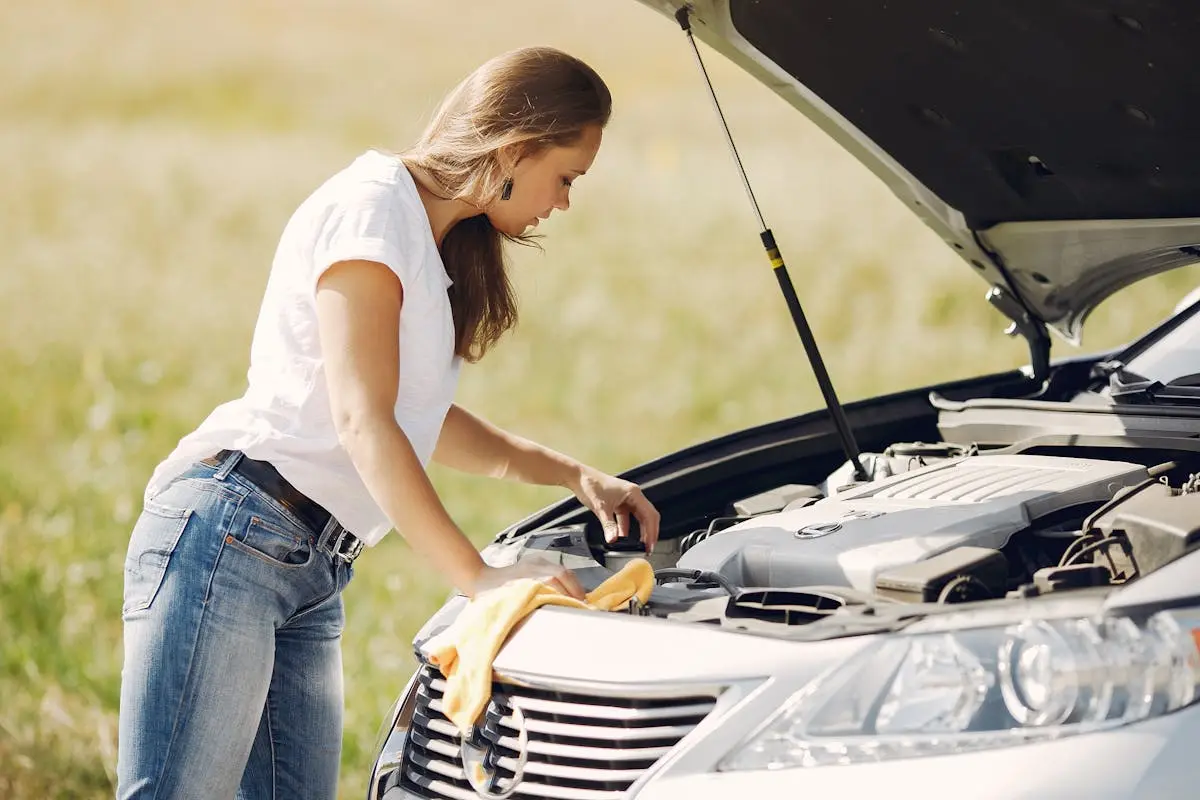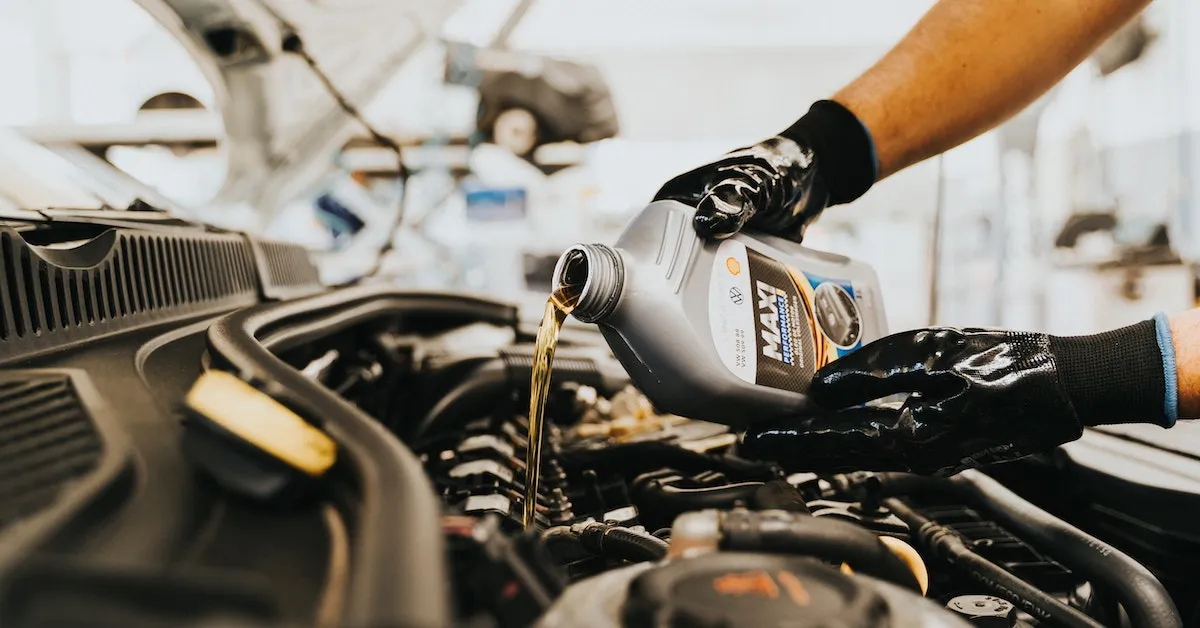Buying new tires might seem simple, but making the wrong choice can lead to headaches, performance issues, and even safety concerns. If you’re due for new tires, don’t rush to book that appointment just yet. These insider tips could save you time, money, and frustration… and make sure the job gets done right the first time.
Things to Consider Before You Buy Tires
Where you get your tires installed makes a big difference. That’s why I often recommend going to a dealership. Contrary to popular belief, dealership pricing is usually competitive, and they almost always have OEM-spec tires in stock. Plus, if it’s been a while since your last alignment, this is the perfect time to have that checked too.
Pro Tip: Always check the dealership’s website for special offers and tire rebates. Nationwide dealership service guarantees and high-quality workmanship offer peace of mind local shops can’t always match.
Why Dealerships Are a Smart Choice
Dealerships are held to high OEM standards. Their technicians receive factory-specific training and use cutting-edge tire machines and wheel balancers that are serviced and calibrated monthly. This attention to detail ensures quality installations.
Common Issues Professional Techs Catch
- Bent wheels – Found when excessive weights are needed during balancing.
- Corroded wheel bead surfaces – Common in coastal areas or cold climates where road salt is used.
- Excessive road force – Measured using specialized equipment; high road force causes vibrations at highway speeds.
- Defective tires – Detected during balancing or test drives.
- Worn valve stems or faulty TPMS kits – OEM-specific components are often needed, especially with built-in sensors.
What Is Road Force and Why It Matters
Road Force is a measurement of the tire’s balance under simulated road pressure. After installation, the machine gives a number, lower is better. For example, a Road Force rating of 14 on a sports car’s front tire will cause a noticeable vibration, while anything under 6 is ideal. If you have any concerns about this, ask the service advisor to have the technician write down the current measurement and clarify what the specified range is per the manufacturer.
How to Handle Lug Nuts Like a Pro
Ask the service advisor to ensure the technician manually torques each lug nut. Pneumatic air guns and even torque sticks can lead to over-torquing, which can warp brake rotors and damage fasteners. Always refer to your owner’s manual for the proper torque spec and consider re-torquing at home if you’re unsure.
Protect Your Investment
If your car has premium OEM wheels, take photos of each wheel before service. Let the service advisor know you’re particular, so the technician will take extra care. Don’t forget to have them check your spare tire pressure too if you have one.
And speaking of spare tire pressure, take a look at our recent article Spare Tire Maintenance Tips Most Drivers Forget.
Frequently Asked Questions
Yes you can. Re-torquing at home is easy. Just loosen all of the lug nuts then torque to specifications using the proper tightening sequence.
Yes. Dealerships offer competitive pricing, factory-trained technicians, and access to OEM parts and tools, ensuring a high-quality installation.
Yes. Rubber valve stems and TPMS seals should be replaced to prevent air leaks. Only OEM kits ensure proper fit and long-term reliability.
If you brought your vehicle to the dealership to have new tires installed, they can have your wheels repainted at the body shop.
Conclusion
Tire replacement isn’t just about rubber, it’s about performance, safety, and getting what you paid for. By choosing the right installer, asking the right questions, and staying informed, you’ll avoid costly mistakes and enjoy peace of mind on the road. Next time you’re considering a tire appointment, revisit these tips to make sure you’re in good hands.

